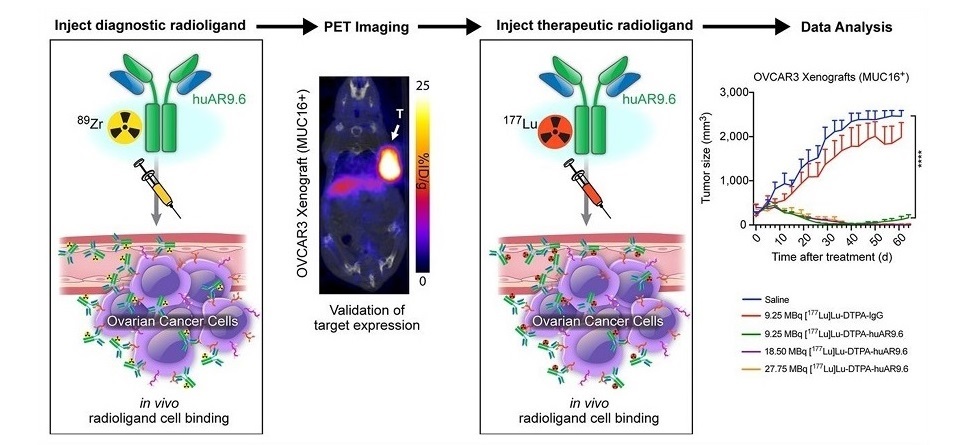Brachytherapy Provides Lower Rate of Breast Preservation for Older Women
By MedImaging International staff writers
Posted on 17 Feb 2014
When comparing treatments designed to enable long-term breast preservation for older women with invasive breast cancer, researchers found those treated with brachytherapy were at higher risk for later mastectomy, compared to women treated with standard radiation therapy. Posted on 17 Feb 2014
The research was led by The University of Texas MD Anderson Cancer Center (Houston, TX, USA). The findings, published February 1, 2014, in the International Journal of Radiation Oncology, are the first to reveal a direct comparison of breast brachytherapy against a lumpectomy alone control group and an external beam radiation therapy (EBRT) control group. Furthermore, they performed additional analysis of the American Society for Radiation Oncology’s (ASTRO) criteria for selecting treatment alternatives.
Through the insertion of a catheter, brachytherapy delivers radiation to a specific region within the breast, which reduces treatment periods to one or two weeks compared to EBRT’s four-to-six week regimen. The authors noted that brachytherapy is an increasingly accepted breast cancer treatment used following lumpectomy.
Questions remain, however, whether this treatment should be the standard of care based on the ambiguity of which patients may benefit and which patients might incur potential harm. “We were interested in comparing how well different treatment strategies work to enable long-term breast preservation,” said Benjamin Smith, MD, associate professor in radiation oncology and the study's lead author. “Our results could impact care by helping patients and providers understand the tradeoffs between these two treatment strategies in greater detail.”
The investigators, in order to conduct the study, used the Surveillance, Epidemiology and End Results Medicare database (SEER), compiled by the US National Cancer Institute (Rockville, MD, USA), to identify 35,947 women aged 66 years or older who were treated with lumpectomy for breast cancer between 2002–2007.
The primary outcomes for these patients included breast preservation, measured by subsequent mastectomy risk and postoperative complications. The findings show brachytherapy had increased toxicity, lower breast preservation. After lumpectomy alone, the five-year subsequent mastectomy risk was 4.7%, 2.8% after brachytherapy, and 1.3% after EBRT.
Researchers concluded that within each ASTRO group, EBRT consistently demonstrated the lowest subsequent risk of mastectomy versus lumpectomy alone, while brachytherapy consistently showed some benefit versus lumpectomy alone, but not as much as EBRT.
However, the researchers discovered that among patients who were seen as “suitable” for brachytherapy by the ASTRO consensus statement on partial breast radiation, long-term breast preservation rates were similar for EBRT and brachytherapy. In this group, the incidence of subsequent mastectomy was 1.6% for brachytherapy versus 0.8% for EBRT.
“Our data provide some support for the ASTRO guidelines and indicate for patients who don't meet the stringent criteria outlined by ASTRO, we might be more careful about offering brachytherapy until additional data from clinical trials become available,” said Dr. Smith. “The takeaway message to both physicians and older breast cancer patients is that, in general, all of these patients did well with very high likelihood of breast preservation. However, likelihood of breast preservation was best with external beam radiation, worst with no radiation, and in between with brachytherapy.”
Dr. Smith also noted brachytherapy showed a higher postoperative infection risk and chance of other soft tissue complications, such as development of a fluid-filled cavity in the breast, called a seroma. Moreover, he stressed that limitations exist, however, including the necessity for studies with longer follow-up because recurrence and mastectomy risks increase over time. Several new developments of better brachytherapy catheters have occurred since 2007, possibly reducing complications in newer populations of patients. The investigators also reported that whole breast radiation is not without toxicities, which can infrequently include or second malignancies or cardiac problems.
Related Links:
University of Texas MD Anderson Cancer Center














